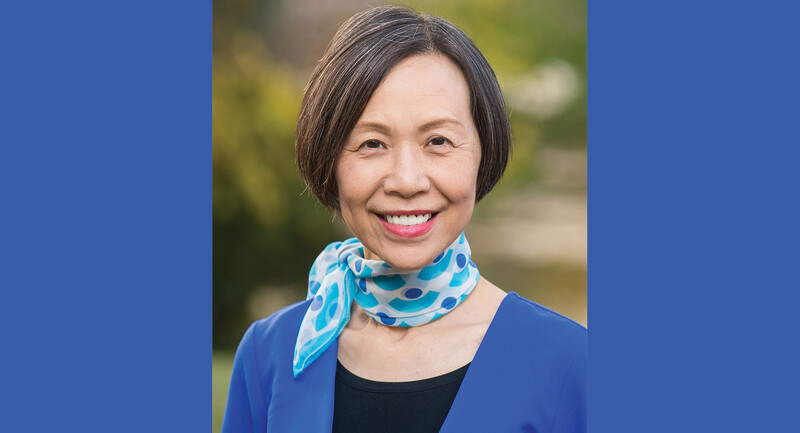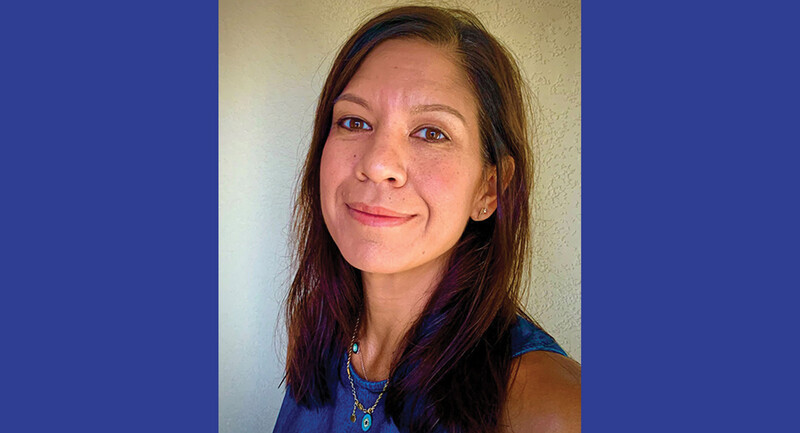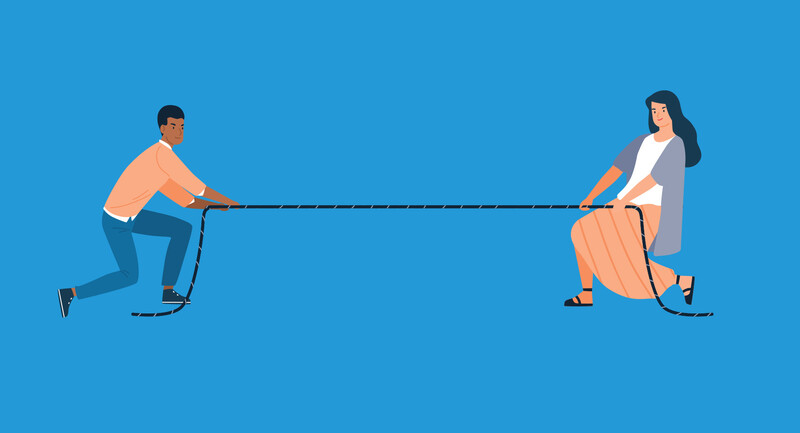How can we improve collaboration between general and special education teachers? What are the benefits to this work? What are the key components of implementation?
These are timely questions as districts like mine seek to push special education students into core instruction with more frequency. Some educators are hesitant to dive into this model, but solid support and intentional steps make the process easier.
I was often frustrated as a special education teacher when I was expected to use parallel curriculum to teach students who had learning disabilities. I felt as though I didn't have permission to think like a general educator, even though I knew my students would benefit. At the time, our district mandated that special education teachers use separate curriculum, which excluded us from general education professional development (PD) opportunities. This situation left me feeling isolated and disconnected from general education standards and instruction.
That all changed when our district adopted the Common Core State Standards nearly a decade ago. I remember the sinking feeling in my stomach when a 5th grade student whom I had successfully taught to read (i.e., decode) sat in tears during the Smarter Balanced Assessment exam as he struggled to compose a written response to a prompt. His despair propelled me into action: I felt compelled from that day forward to give my special education students access to the same writing instruction as their peers.
Our district is in the early stages of inclusion, with leaders working to provide special education teachers access to PD tied to general education standards. Because I will move into an elementary principal role next school year, I have a newfound responsibility to support staff to use their talents in ways that honor all our learners. I recognize that traditional models of specially designed instruction have not helped our students with learning disabilities gain skills at the same rates as their peers.
We must create time for special educators and general educators to get to know each other's strengths and dispel the mysteries that lie behind their separate doors. Each discipline has strategies and practices that improve student learning.
Lifting the Veil on Collaboration
Based on my experiences with colleagues, I see the following list as imperative to foster collaboration:
Trust: Building relational trust between teachers who share a physical classroom or responsibility for student learning is the first ingredient to a successful collaborative partnership. Our district uses the Dufour model of PLC work. Special educators are part of grade-level teams to share data and challenges. This approach creates safe space for staff to learn about each other beyond the classroom.
Vision: Any strong initiative needs a well-articulated vision that is clearly communicated to the school and community. Our district mission is "Developing Washington's Most Sought-After Graduates." Each school has its own vision statement related to this work.
Commitment to Staff Development: Inclusive schools are most successful when leaders show visible commitment to growing the skills of staff responsible for inclusive implementation. Leaders in our district spent time analyzing special education achievement data to determine the move toward inclusion. Next steps include identifying the PD both special and general education teachers need in order to ensure a sustainable inclusion model and hone teachers' skills over time. Ongoing collaboration between staff and leaders is also essential. As a new building leader, I plan to spend time in classrooms to determine which teachers need support and which teachers deserve recognition for their inclusion accomplishments.
Common Language: A common language is an essential component during implementation. When I taught in a resource room, the required math curriculum had strategies to solve story problems that were disconnected from the classroom instruction. My students grew minimally on grade-level benchmark assessments. Our schools are identifying essential standards and pre-teaching vocabulary in order to ensure all staff use the same language and terms about student achievement.
Routines: The general and special education teachers who work together must create classroom routines as one. Special educators are adept in understanding how routine prepares the brain to learn and reduces behavior concerns. General education teachers understand how to teach routines to larger groups of students to maximize instructional time. Put the two together, and you have a teaching powerhouse. Special educators and general educators should spend time together discussing student needs and their unique strategies for building upon student strengths and successes.
Learning Targets: General education teachers are masters at identifying learning targets that prepare students to advance and experts at differentiating instruction. On the other hand, special educators can identify how to break those targets into their component parts, provide necessary accommodations, and focus on student progress toward individualized goals and objectives. Our grade-level teams identify essential standards that we want all students to learn, then work together to provide the necessary scaffolds.
Remediation: Students with identified disabilities need dedicated time and specially designed instruction to close specific skills gaps. As they work, connect back to general education instruction with mnemonics, graphic organizers, and visual supports.
Technology: Though general education teachers often have many technology resources, special education teachers bring experience in assistive programs, devices, and tools. An important component of this work is normalizing the use of technology for all students, who should have access to individual devices to support communication and instruction access. For example, I have taught students to use text-to-speech and speech-to-text software on Chromebooks. When general education students take note of unfamiliar technology, explain the ways it helps other learners connect with the information.
Capitalize on Family Partnerships: As a special educator, I often taught the same students for multiple years and was able to develop deep connections with families that my general education colleagues—who had students for only one school year—were not always able to accomplish. We maximize opportunities for all students with increased partnerships and trust with families. Capitalize on those relationships in any classroom by sitting down as a team with parents and showing a vested interest from both general and special education lenses. Too often, special education focuses on deficits, pointing out to parents what their children cannot do. When we partner with general educators, the conversation shifts to what children can learn to do.
When a collaborative teaching model between special education and general education works, the benefits for our students are endless. We must act with intention and focus in order to capitalize on the skills of general and special educators. Our kids deserve nothing less.







